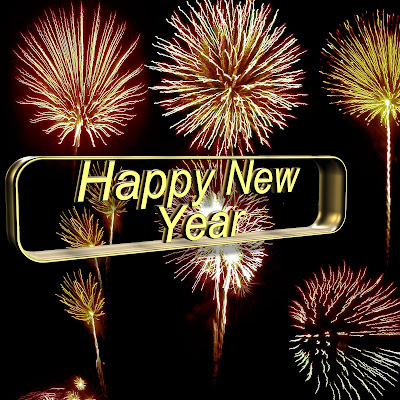why do we celebrate new year
New Year's celebrations have been around for thousands of years. Although January 1st is the start of the New Year in most parts of the world today, the custom has a long and varied history. Let's travel back in time to see how New Year's Day became a worldwide holiday.
 |
| Discover why we celebrate New Year, its traditions, history, and significance across cultures in this insightful |
Ancient Mesopotamia is the birthplace of New Year's celebrations.
Around 2000 BCE, the earliest known New Year's celebration took place in ancient Mesopotamia, which is today Iraq. Beginning on the first new moon following the spring equinox, which is often in March, the people of this area celebrated a festival known as Akitu. This 12-day celebration represented either the coronation of a new monarch or a reaffirmation of allegiance to the current one. Due to its strong ties to the barley harvest, it also had agricultural significance.
Ancient Egypt and Sirius the Star
Sirius, the brightest star in the sky, rose heliacally in ancient Egypt, marking the start of a new year. This incident, which happened in the middle of July, was connected to the Nile's flooding, which was very important for Egypt's agricultural. After a five-day New Year's celebration, the Egyptians started the first month of their 12-month calendar, which had 30 days in each month.
The Lunar New Year in China
Chinese New Year celebrations have been around for more than 3,500 years. Spring normally arrives in late January or early February, and the Chinese New Year starts on the second new moon following the winter solstice. This festival is regarded as one of the most important in Chinese culture and has a long history.
A Lunar New Year in the Islamic Calendar
A standardized calendar did not exist prior to the establishment of Islamic Arabia. Nonetheless, the lunar Islamic calendar was instituted in 638 CE by Umar I, the second caliph of Islam. According to this calendar, the first day following the appearance of the new crescent moon, the 1st of Muharram, is when the new year officially begins. With only 354 or 355 days, the Islamic year is shorter than the Gregorian year. Depending on the moon sighting, the Islamic New Year (1446) will start on July 7 or 8.
In English, "Calendar: The Modern Standard."
The Julian calendar was roughly ten days behind by the middle of the fifteenth century. In order to rectify this, Pope Gregory XIII refined the leap year regulations and instituted the Gregorian calendar in the 1570s. The problem was resolved, and January 1st became the first day of the new year. The Gregorian calendar was swiftly embraced by the majority of European nations, but Great Britain and its colonies did not adopt it until 1752.
March through January is the Roman calendar.
The first calendar used by the ancient Romans had ten months and began in March. Eventually, a month-free winter season was added. January and February were added to the calendar by King Numa Pompilius in the 7th century BCE, bringing the total number of months to twelve. Although there were still some irregularities in the system, the Roman calendar started the year on January 1st, 153 BCE, with the inauguration of the consuls.
Global Standards
Even though some civilizations still use various calendars, the Gregorian calendar is still the accepted one for civil use worldwide. This calendar, which is used by governments and corporations worldwide, brings countries together to celebrate the start of the New Year on January 1. Regardless of the cultural or historical background, the New Year's celebration has changed over the years, but it is still a time for celebrations and fresh starts.




Post a Comment